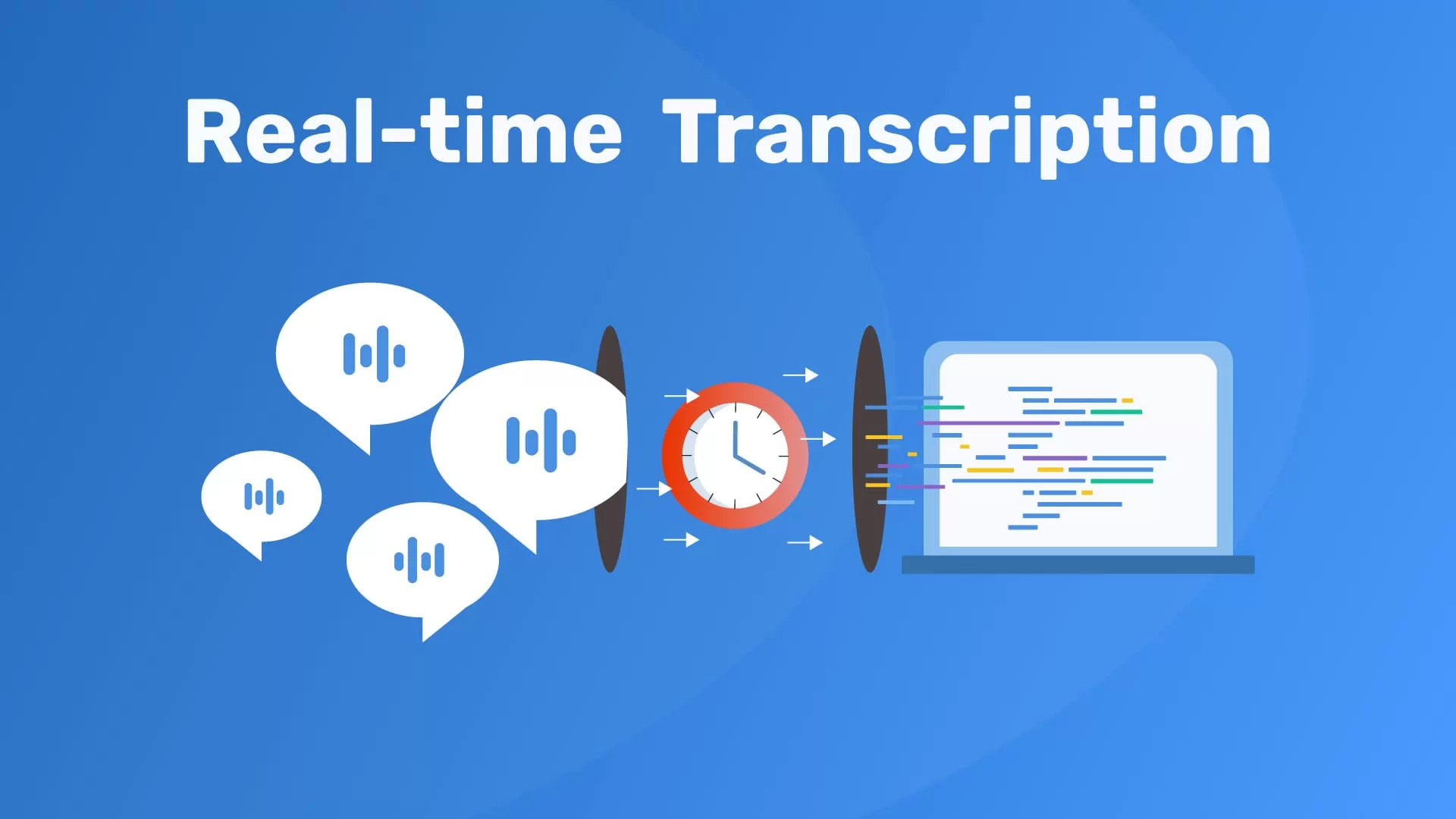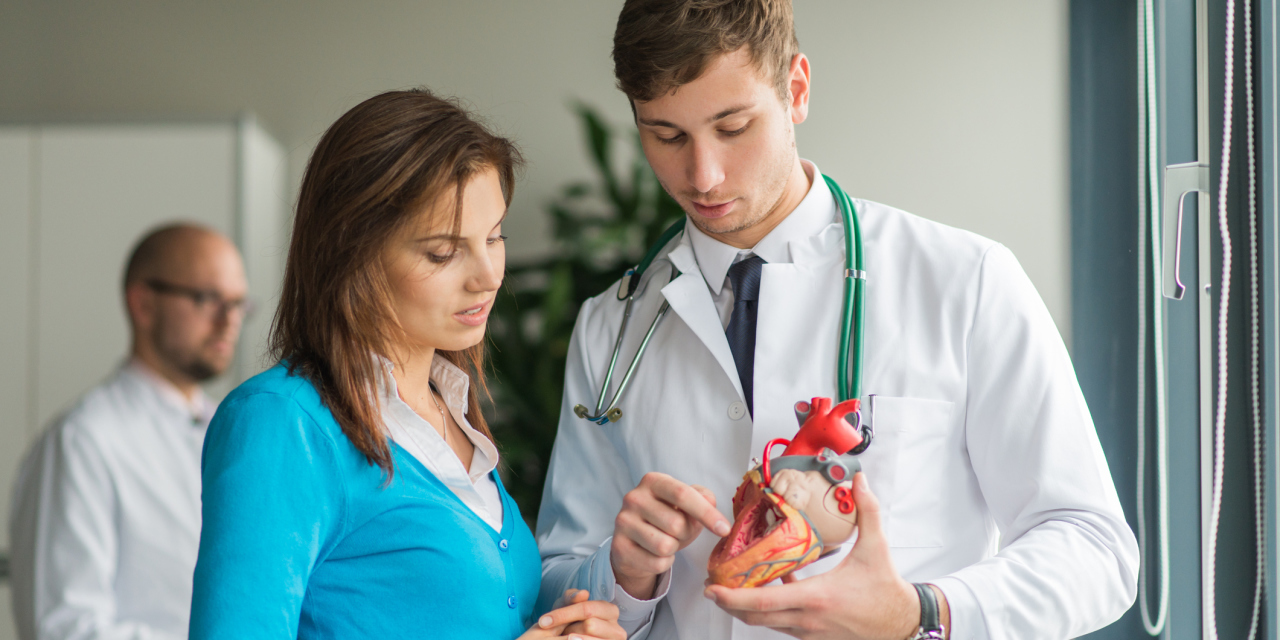Top 10 Foods to Say No to After Gynecomastia Treatment
What Is Gynecomastia?
Male breast enlargement is a condition known as gynecomastia that results from increased breast tissue. Either breast or both can present with gynecomastia.
The condition affects men, boys, and even newborns. In some cases, however, individuals may have extra fat that resembles breasts. This condition is called Pseudogynecomastia. In comparison to gynecomastia, it is a comparable yet distinct condition.
Gynecomastia is characterised mostly by swollen breasts. Your breasts could also be sensitive. A small lump or bump could be felt behind the nipple.
Causes Of Gynecomastia
A shift in hormone levels is the key factor causing gynecomastia. Your breasts may grow due to an estrogen and testosterone imbalance.
There is frequently excessive oestrogen in newborns with larger breasts at birth, passed on from their mothers.
Ageing also has an impact on the hormone balance in adult men. Men who are 50 years or older tend to have gynecomastia more frequently. Other factors include health issues like:
- Tumors of the testicles, pituitary gland, or adrenal gland
- Hyperthyroidism (overactive thyroid)
- Hypogonadism (low testosterone)
- Kidney and liver disease
Other aspects of a person’s lifestyle, such as obesity, drinking, and taking oestrogen-containing medications, drugs, or soy-containing foods, might also contribute to gynecomastia.
Gynecomastia Prevention
Most gynecomastia instances are unpreventable. They result from normal fluctuations in hormone levels. By staying away from particular medications, substances, and lifestyle choices, adults can help prevent gynecomastia to an extent.
Gynecomastia treatment has several options. Options for therapy depend on the underlying cause of the problem. Before quitting any prescription or medication used to address other medical conditions, see your doctor. You might also need to alter your lifestyle after treatment for gynecomastia; it also involves the food you consume –
The following 10 food categories must be avoided after gynecomastia treatment:
- Alcoholic Beverages
Alcoholic beverages make you obese and prevent your liver from excreting extra oestrogen from your body. Beer is made from grains, which are naturally high in estrogen. Beer also contains a lot of empty calories. Reduce your beer intake to deal with gynecomastia.
- Soy Products
As elevated oestrogen is one of the main reasons for gynecomastia. It is advisable to should avoid soy. Phytoestrogens, the plant equivalent of human oestrogen, are abundant in soy products. Although phytoestrogens and estrogen are not identical, data indicates that they are sufficiently similar on a molecular level to mimic the effects of estrogen when consumed.
- Inflammatory Foods
Inflammation during gynecomastia can be problematic. Avoiding inflammatory foods like red meat, refined grains, packet foods, and processed food for gynecomastia is advised.
- Processed Foods
Do you usually start preparing meals by cracking open a box or a can? Processed food is handy, but if you skimp on nutrition, you risk fostering greater weight gain and more pronounced breasts. Foods that have been processed often contain many calories, sodium, sugar, and preservatives that can promote fat storage. Additionally, canned or packaged food may include hormone-disrupting substances like bisphenol A or polycarbonate. Fill your shopping cart with fresh food instead.
- Frozen Foods
Food that has been frozen contains a lot of preservatives and saturated fats. Additionally, they are wrapped with PVC (polyvinyl chloride), which leaches into the food and severely disrupts the body’s hormonal equilibrium.
- Fried Foods
These foods contribute to the body’s fat storage since they are high in harmful calories.
- Baked Foods
With gynecomastia, inflammatory food items must be avoided at all costs. Baked items containing pro-inflammatory cytokines increase levels of inflammation in the body.
- Certain Vegetables
It is well known that beetroot raises the body’s oestrogen levels. Therefore, it is best to avoid consuming too much beetroot when there is already a hormonal imbalance in the body.
The cruciferous vegetables cabbage, broccoli, brussels sprouts, and cauliflower are all high in phytoestrogens. Secoisolariciresinol, a lignan phytoestrogen, is abundant in broccoli and cauliflower. All of these should be avoided for gynecomastia treatment.
- Dairy Products
According to conventional thinking, foods high in protein and low in fat—such as eggs, milk, and cheese—are the best choices if you want to lose weight and develop lean muscle. However, these products also include chicken and cow oestrogen, which is the same hormone found in humans.
It makes sense that more estrogen would be needed for cows to generate milk to feed their calves and for hens to create eggs. You are thereby consuming more when you have these goods. Even if the label for your dairy and egg products says “hormone-free,” that implies the manufacturers did not add any additional hormones to the milk or eggs beyond those already there.
- Soft drinks
Besides alcohol, soft drinks are also harmful and may trigger gynecomastia. Studies have found a proportional link between sugar-sweetened soda consumption and higher estrogen levels.
Conclusion
Millions of men all over the world are affected by gynecomastia. As a result, they frequently experience embarrassing situations that undermine their confidence.
The severity of the condition and the individual’s physical makeup determine how effective gynecomastia treatment can be. Fortunately, eating the right foods and avoiding others is the best thing to do before, after, and during gynecomastia treatment to keep your hormone levels in check.
Read More Health Blogs: what is gynecomastia











